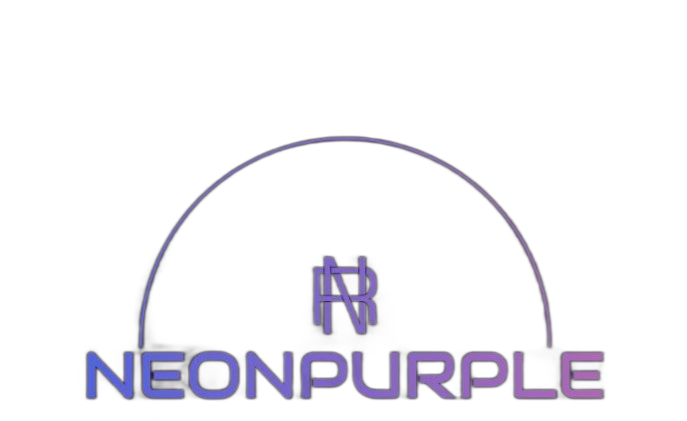As the digital landscape continues to evolve, staying ahead of web development trends is crucial for businesses looking to maintain a competitive edge. The year 2025 promises significant shifts in how websites are designed, developed, and utilized. Let’s explore the key trends shaping web development and how they can benefit your business.
The year 2025 promises significant shifts in how websites are designed, developed, and utilized. Let’s explore the key trends shaping web development and how they can benefit your business.
1. AI-Powered Personalization
Artificial Intelligence (AI) is no longer a futuristic concept; it’s becoming a standard in web development. AI-driven personalization enables websites to deliver tailored content, product recommendations, and user experiences based on visitor behavior.
- Why it matters: Personalization boosts engagement and conversions. Customers are more likely to interact with content that feels relevant to them.
- How to implement: Integrate AI tools like chatbots, recommendation engines, and predictive analytics to enhance user experiences.
2. Progressive Web Apps (PWAs)
Progressive Web Apps combine the best of web and mobile apps, offering fast, reliable, and engaging user experiences.
- Why it matters: PWAs load quickly, even with poor internet connections, and provide app-like features without requiring downloads.
- How to implement: Transition from traditional websites to PWAs using frameworks like React, Angular, or Vue.js.
3. Voice Search Optimization
With the rise of smart speakers and voice-activated devices, optimizing for voice search is becoming essential.
- Why it matters: Voice searches account for a growing portion of online queries. Websites that cater to this trend will rank higher in search results.
- How to implement: Focus on natural language keywords, structure content with FAQ sections, and ensure fast page load speeds.
4. Sustainability in Web Development
As consumers grow more eco-conscious, businesses are seeking sustainable digital solutions. Energy-efficient websites that minimize carbon footprints are gaining popularity.
- Why it matters: Environmentally friendly practices resonate with modern consumers and reflect positively on your brand.
- How to implement: Optimize code for efficiency, reduce unnecessary scripts, and use green hosting providers.
5. Advanced Cybersecurity Measures
With cyber threats on the rise, robust security measures are non-negotiable for businesses.
- Why it matters: A secure website protects your business’s reputation and your customers’ data.
- How to implement: Adopt HTTPS, implement multi-factor authentication, and regularly update software to fix vulnerabilities.
6. Minimalist and Inclusive Design
Web design in 2025 is all about simplicity and inclusivity. Clean, minimalist layouts paired with accessibility features ensure a better user experience for everyone.
- Why it matters: Inclusive design increases usability and compliance with accessibility standards, broadening your audience reach.
- How to implement: Use contrasting colors, readable fonts, and tools to test accessibility compliance.
7. No-Code and Low-Code Development
These platforms enable businesses to build and customize websites without requiring extensive coding knowledge.
- Why it matters: No-code tools empower small businesses and startups to launch quickly and cost-effectively.
- How to implement: Experiment with platforms like Webflow, WordPress, or Bubble to create functional websites with minimal technical expertise.
Conclusion: Staying Ahead of the Curve
Adopting these web development trends will help your business remain competitive in 2025. Whether it’s leveraging AI, optimizing for voice search, or embracing sustainable practices, the key is to stay flexible and proactive.
If you need expert guidance in implementing these trends, our team at Neon Purple Agency is here to help. Let’s build the future of your business together!

